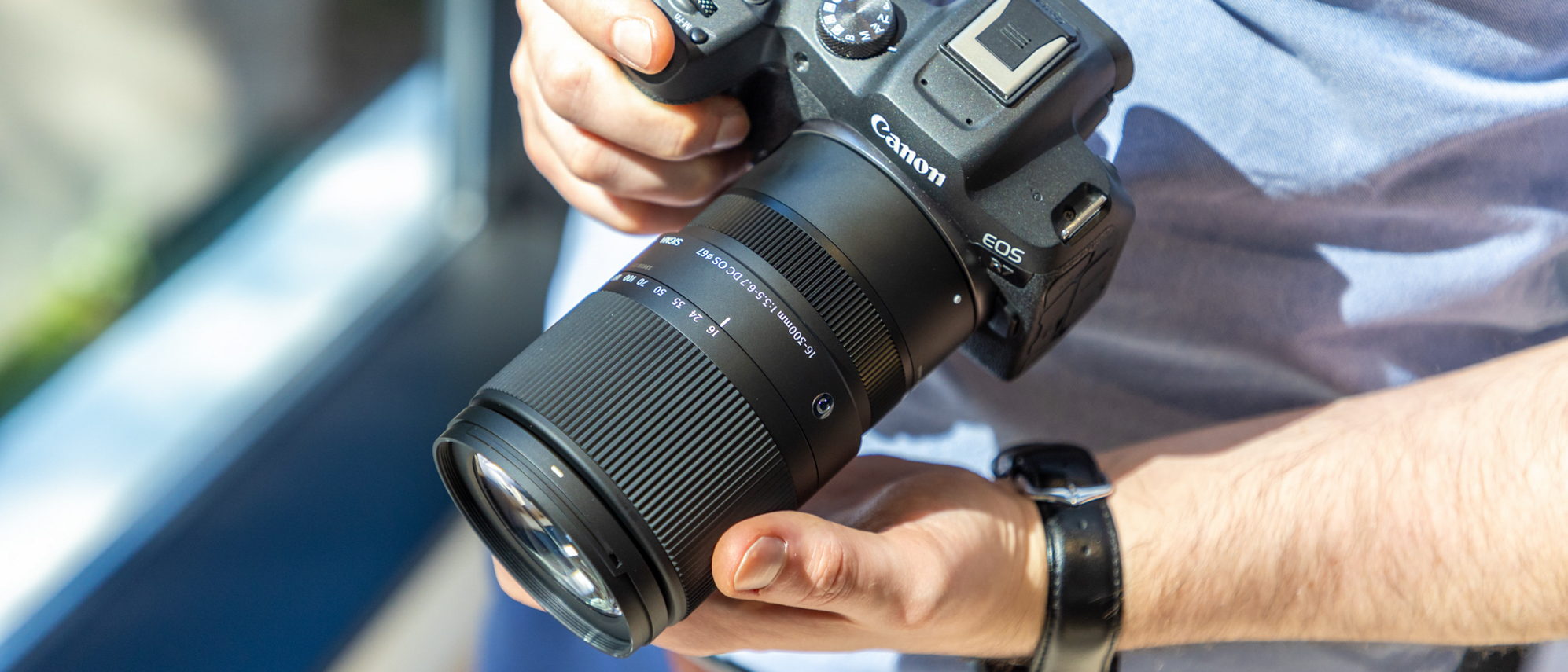TTartisan's 75mm f/1.5 prime gives swirly-whirly bokeh that sets your photos apart!
And its universal mount means this all-manual retro lens works with YOUR camera (UNLESS it's a Nikon DSLR)
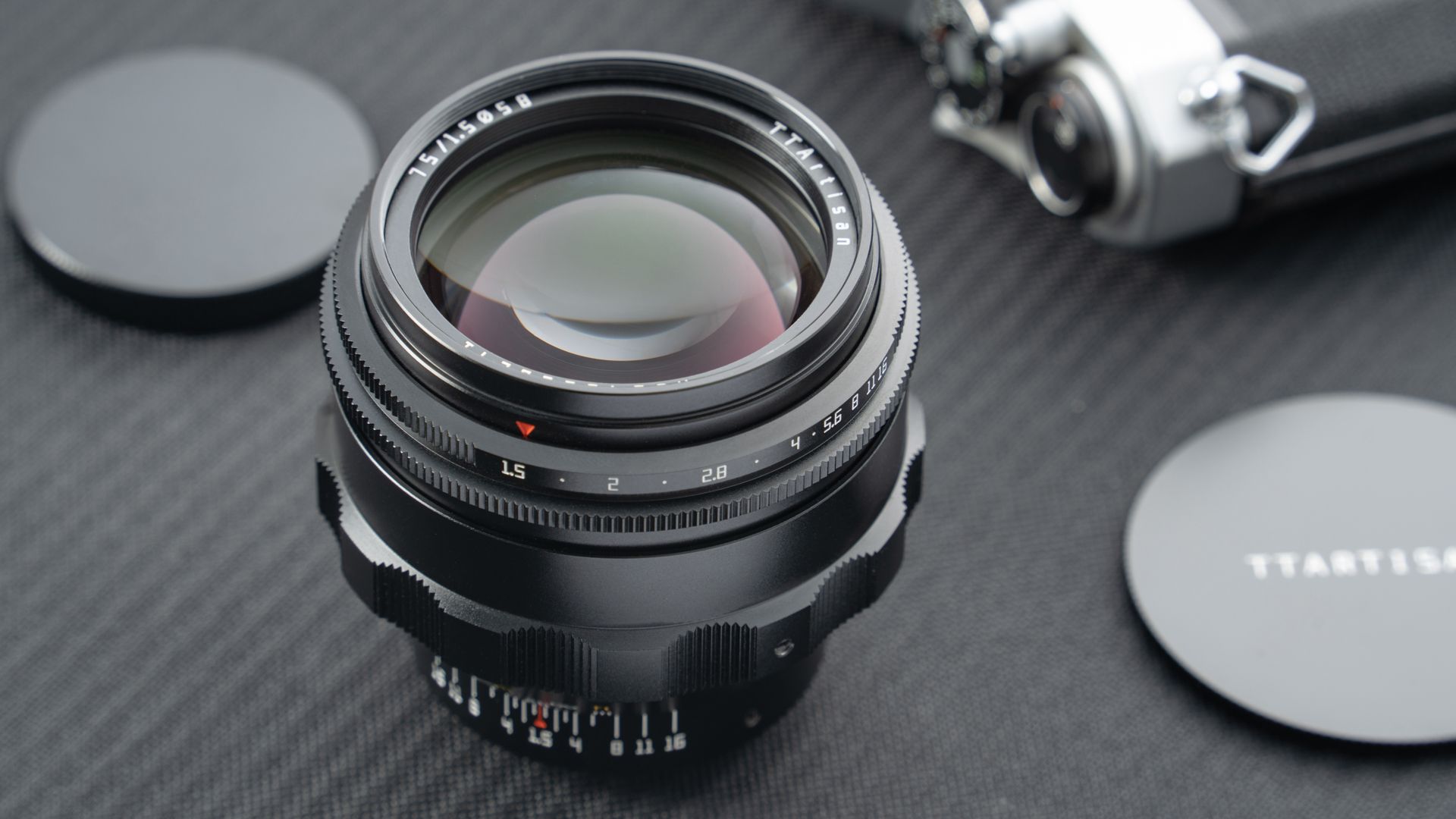
We've seen no shortage of inexpensive manual focus primes being launched out of China in the last couple of years – but TTartisan's 75mm f/1.5 promises something different. Yes, that 75mm is a nice focal length for portraits, and yes, that f/1.5 aperture is pretty fast for bright images in low light, but what really sets this lens apart is its 'swirly' bokeh, when shooting at wider apertures.
Bokeh is the term for out-of-focus highlights and usually forms rounded circular blobs that mirror the shape of the lens aperture. But the 13-bladed aperture design of the TTartisan 75mm f/1.5 renders bokeh with an attractive swirl shape, which lends a creative twist to portraits.
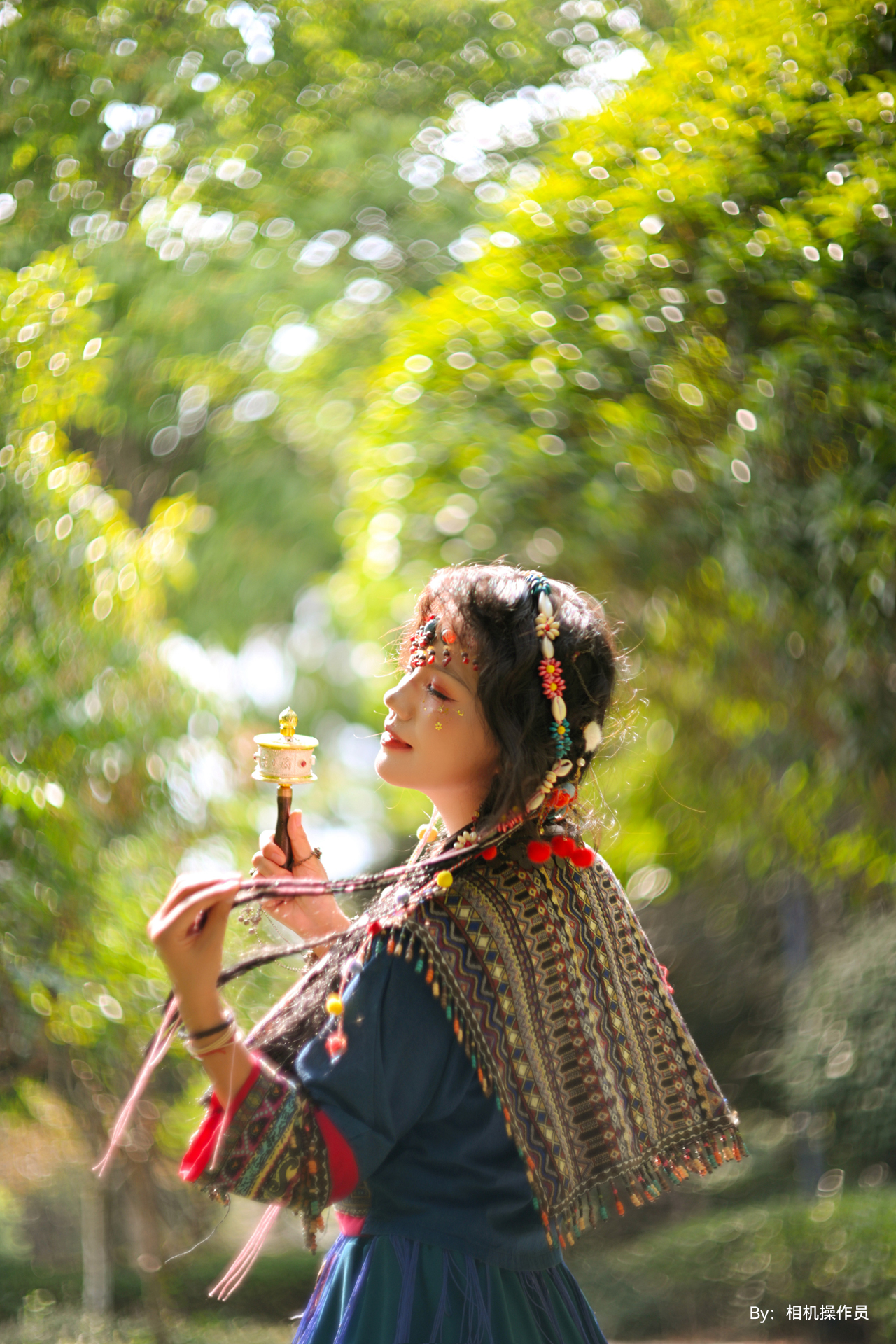
This soft, swirly bokeh effect adds a unique artistic look and feel to images that helps the subject really stand out, giving the impression of the background rotating around it. It comes into its own in backlit scenes, with softly diffused light and smoothly blended shadows creating a layering of light and shadow that evokes the classic charm of vintage lenses. In fact, the lens design and Petzval bokeh both look eerily similar to the old Russian Helios 42 lens that filmmakers used to artistically film scenes in the movie Dune 2.
Ideal for portraiture, the f/1.5 large aperture captures clear images even in low light while achieving a shallow depth of field, making subjects stand out even further and creating a unique visual effect.
It's a full-frame lens, and TTartisan says there's no sign of vignetting on cameras that use a full-frame or smaller sensor, such as the APS-C format. On medium format cameras, there's a darkening of the image towards the edges, but this could be said to add to the artistic quality.
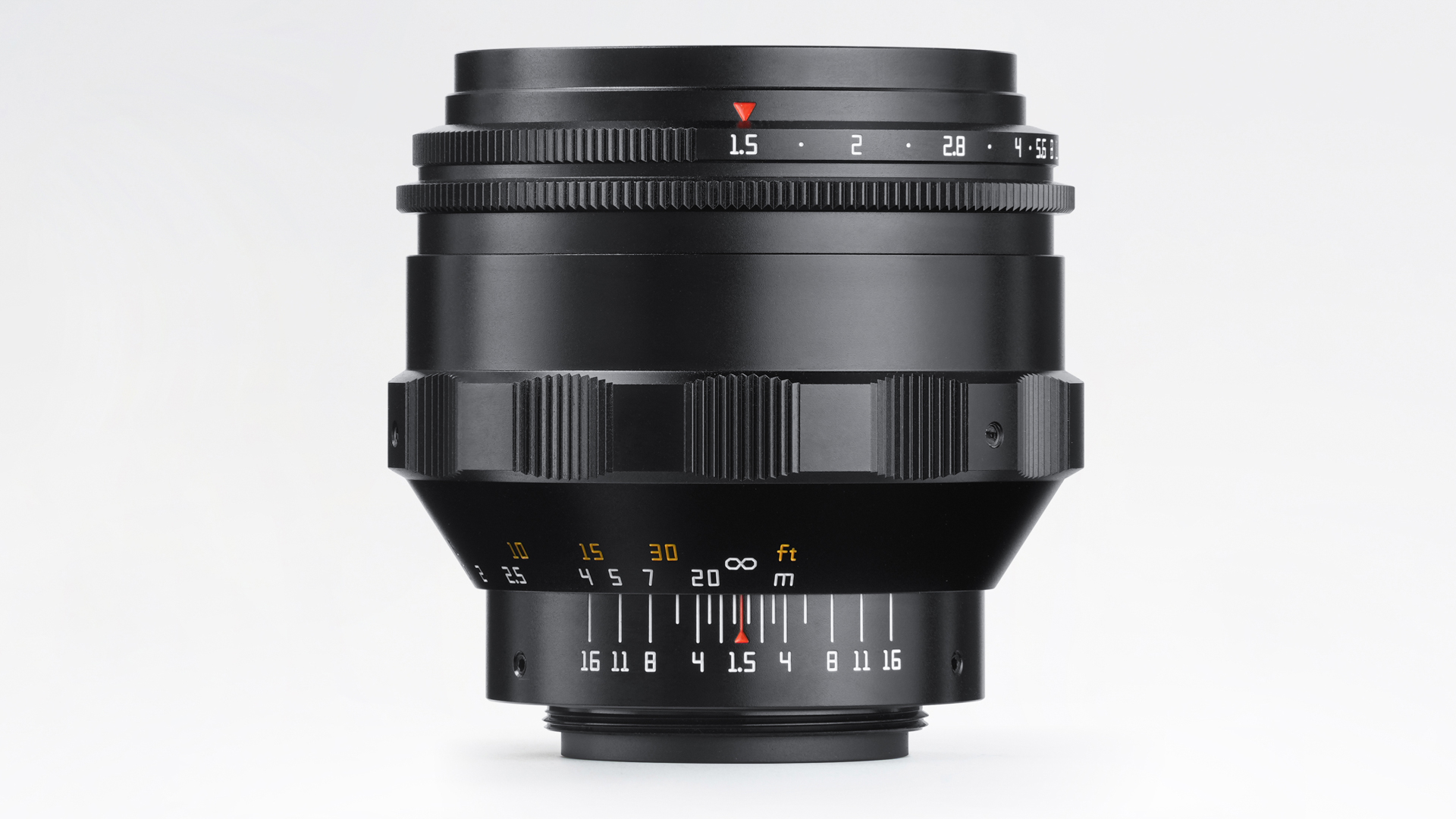
Combining classic design with modern optical technology, the lens retains the charm of traditional manual lenses while offering superb image quality. It has an all-metal construction, and inside there are six elements arranged in four groups. The closest focus distance is 0.75m, and the lens offers a 32º angle of view. It has a 58mm thread for the fitment of filters, and it weighs in "at around 562-669g" – TTartisan wasn't specific on this!
As you'd expect with a completely manual lens, there's no communication with the host camera. As such, the aperture is set via a ring towards the front of the lens barrel, which is clicked to minimize the danger of accidentally nudging it away from your intended choice.
Get the Digital Camera World Newsletter
The best camera deals, reviews, product advice, and unmissable photography news, direct to your inbox!
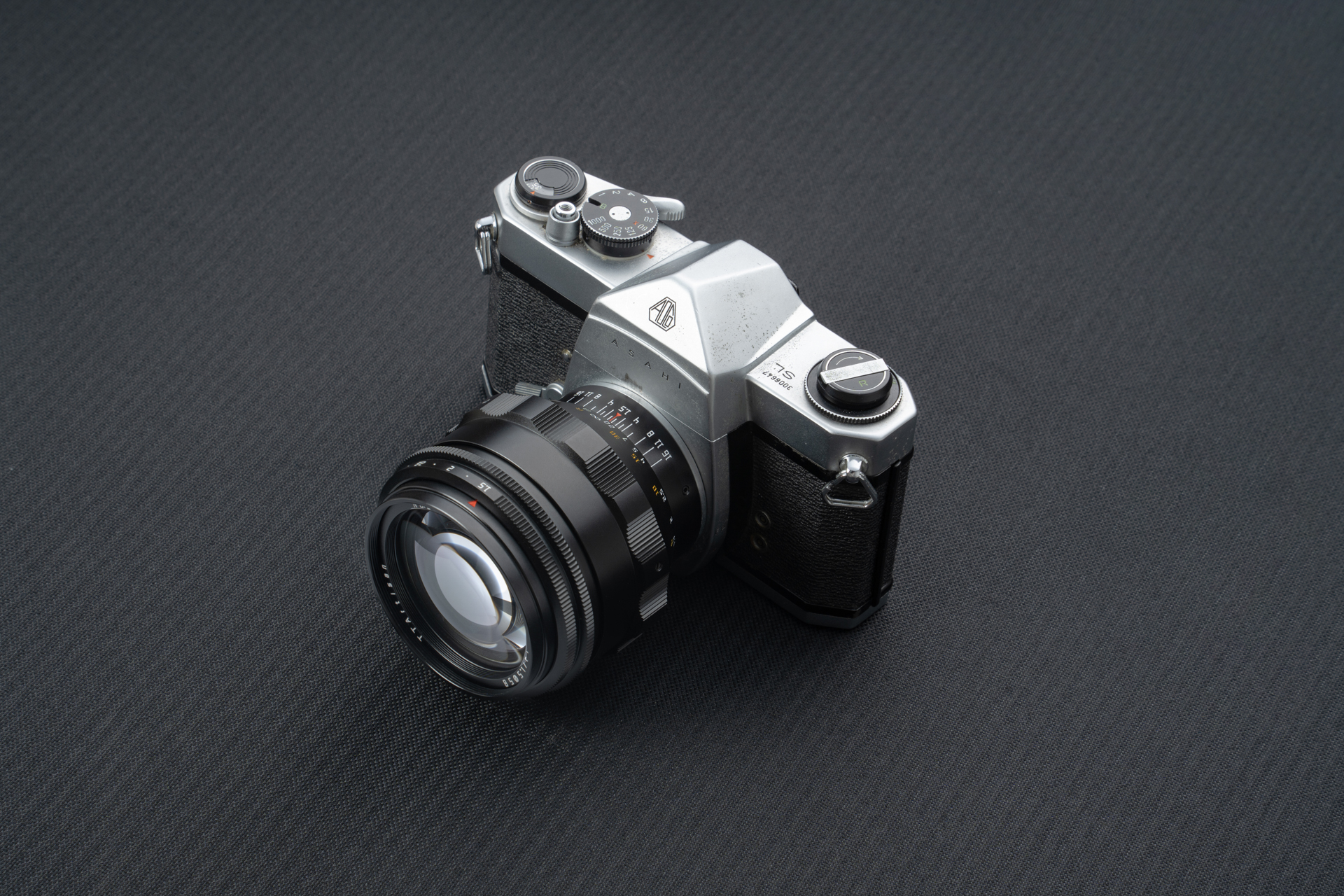
The lens has a universal M42 screw-mount design, offering wide compatibility with the vast majority of camera bodies; you simply need to get the correct adaptor for your camera. TTartisan lists a wide number of compatible camera models that the lens works with via an adaptor, that use Sony E-mount, Nikon Z-mount, Canon RF-, EOS M- and EF-mounts, Fuji GFX- and X-mounts, Hasselblad XCD-mount, and the L-mount used by Panasonic, Leica and Sigma.
One notable exception, however, is that the lens is not compatible with the Nikon F-mount, even when an adaptor is used, so it will not work with any of Nikon's DSLRs or traditional film SLRs.
You may also be interested in our guides to the best retro cameras

Prior to joining digitalcameraworld.com as Guides Editor, Adam was the editor of N-Photo: The Nikon Magazine for seven years, and as such is one of Digital Camera World's leading experts when it comes to all things Nikon-related.
Whether it’s reviews and hands-on tests of the latest Nikon cameras and lenses, sharing his skills using filters, tripods, lighting, L brackets and other photography equipment, or trading tips and techniques on shooting landscapes, wildlife and almost any genre of photography, Adam is always on hand to provide his insights.
Prior to his tenure on N-Photo, Adam was also a veteran of publications such as PhotoPlus: The Canon Magazine, so his wealth of photographic knowledge isn’t solely limited to the Big N.
